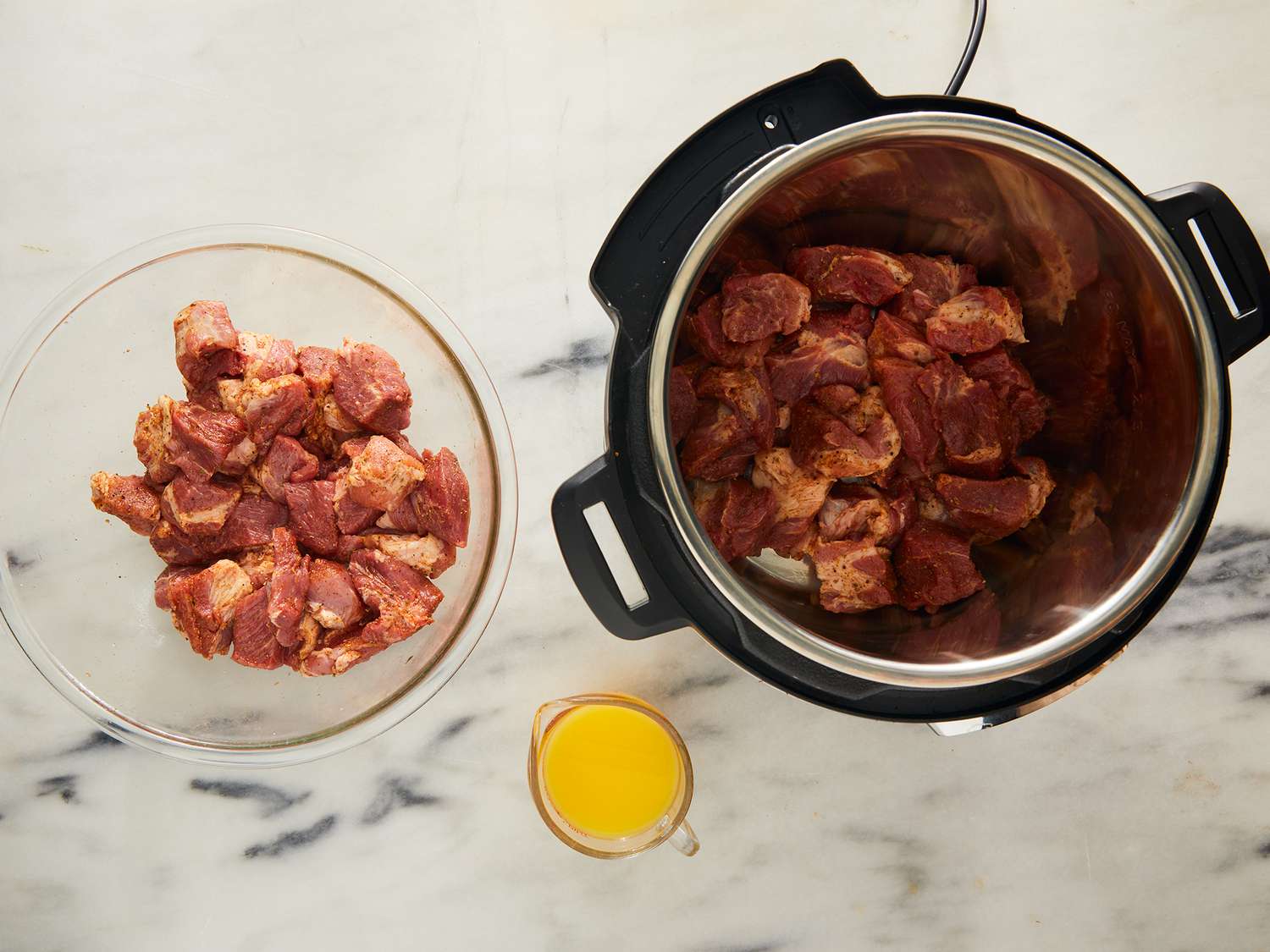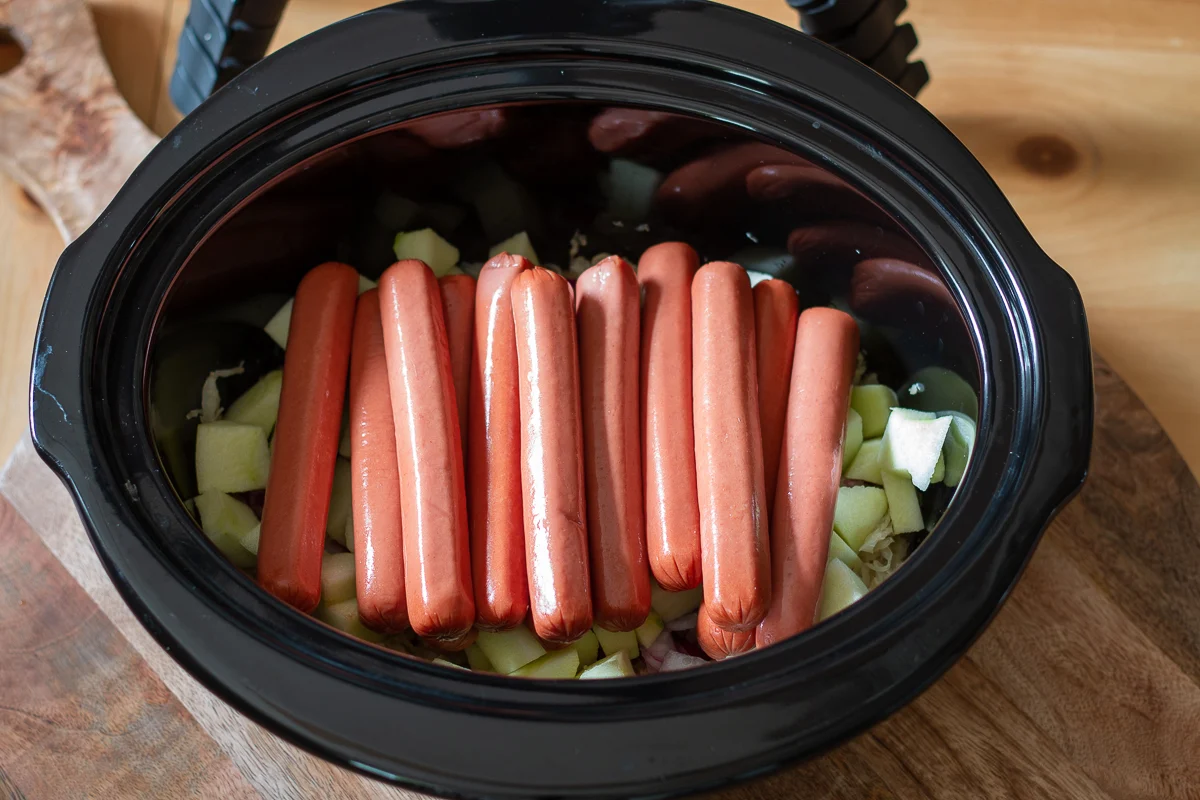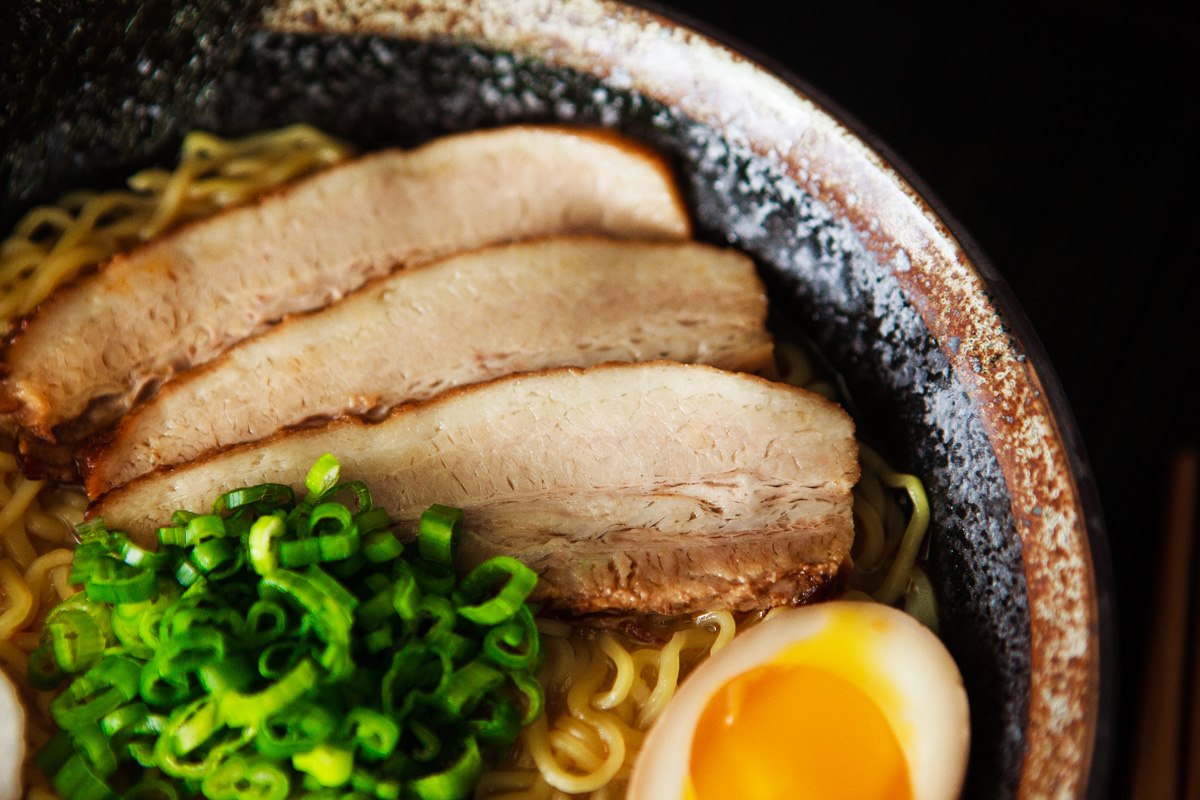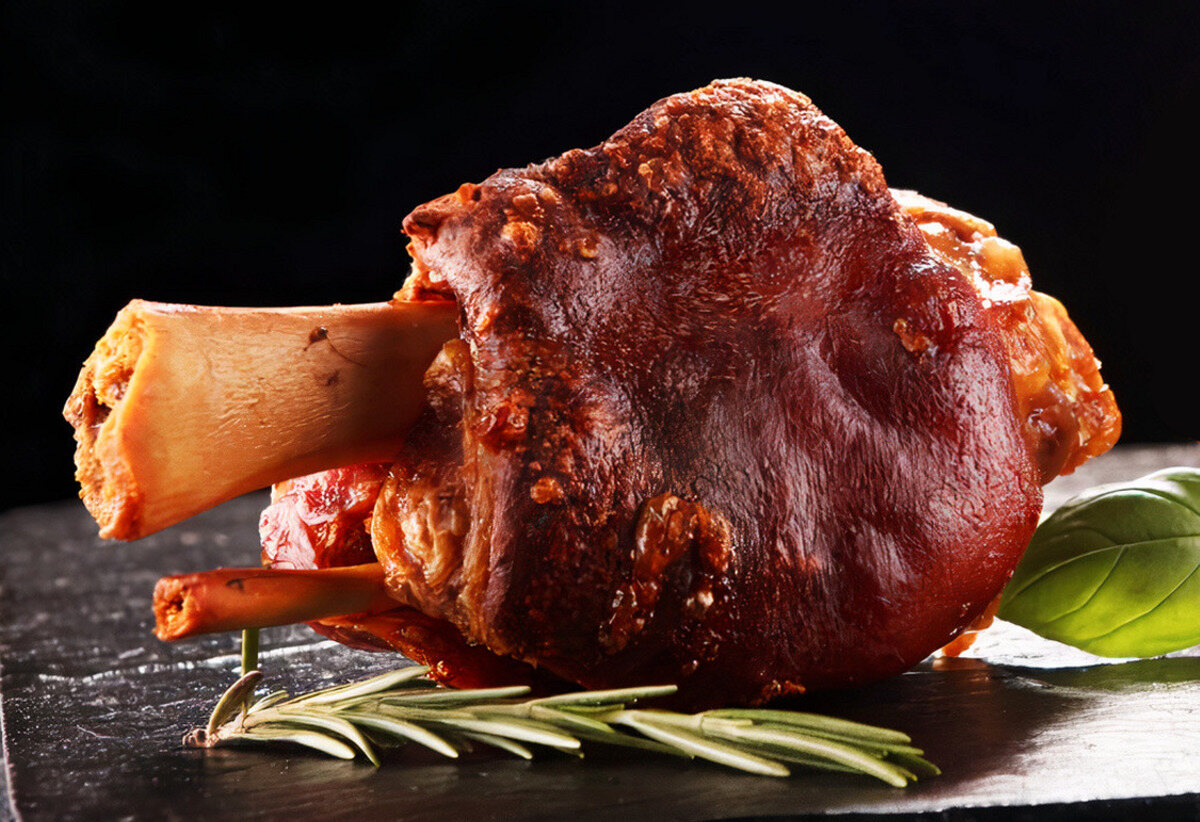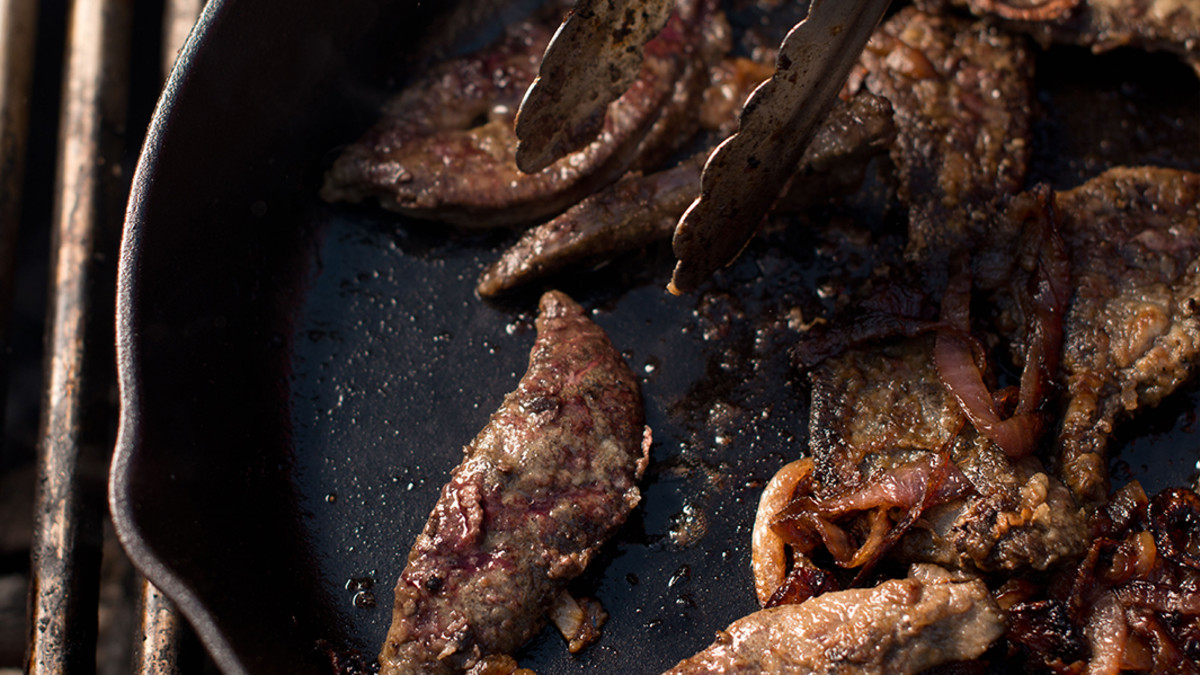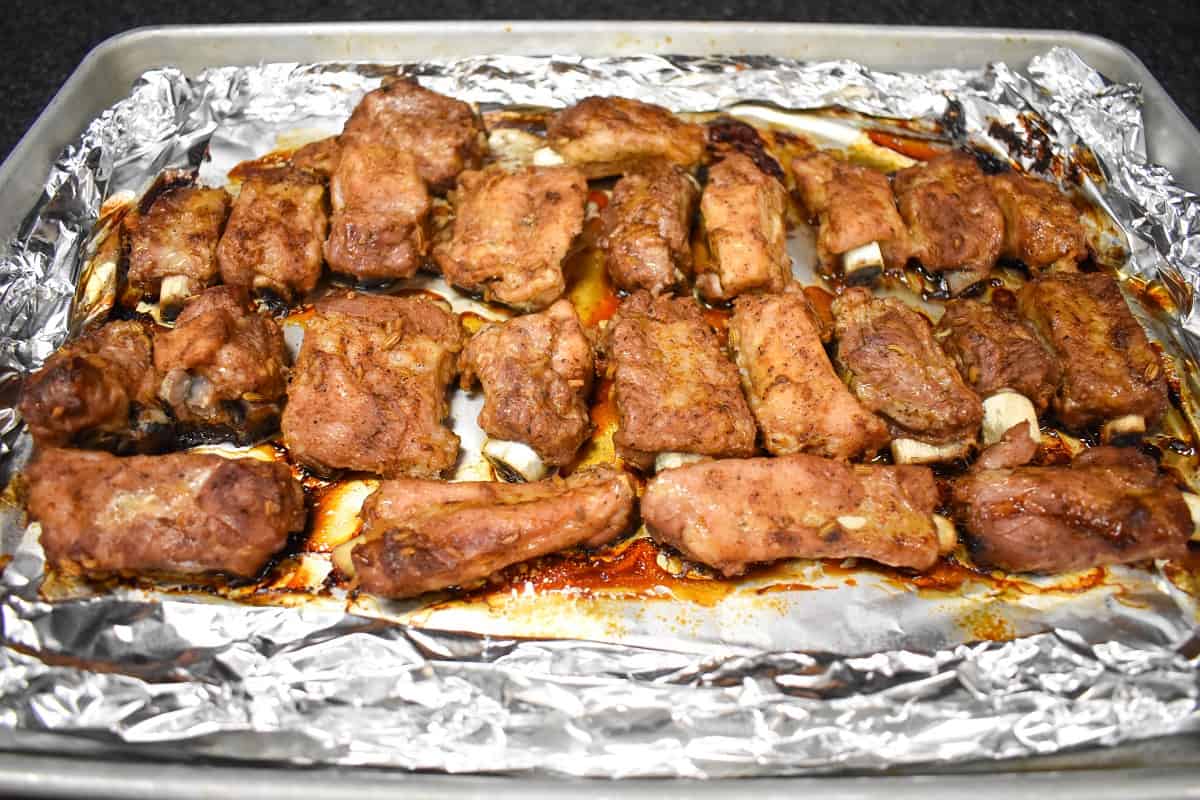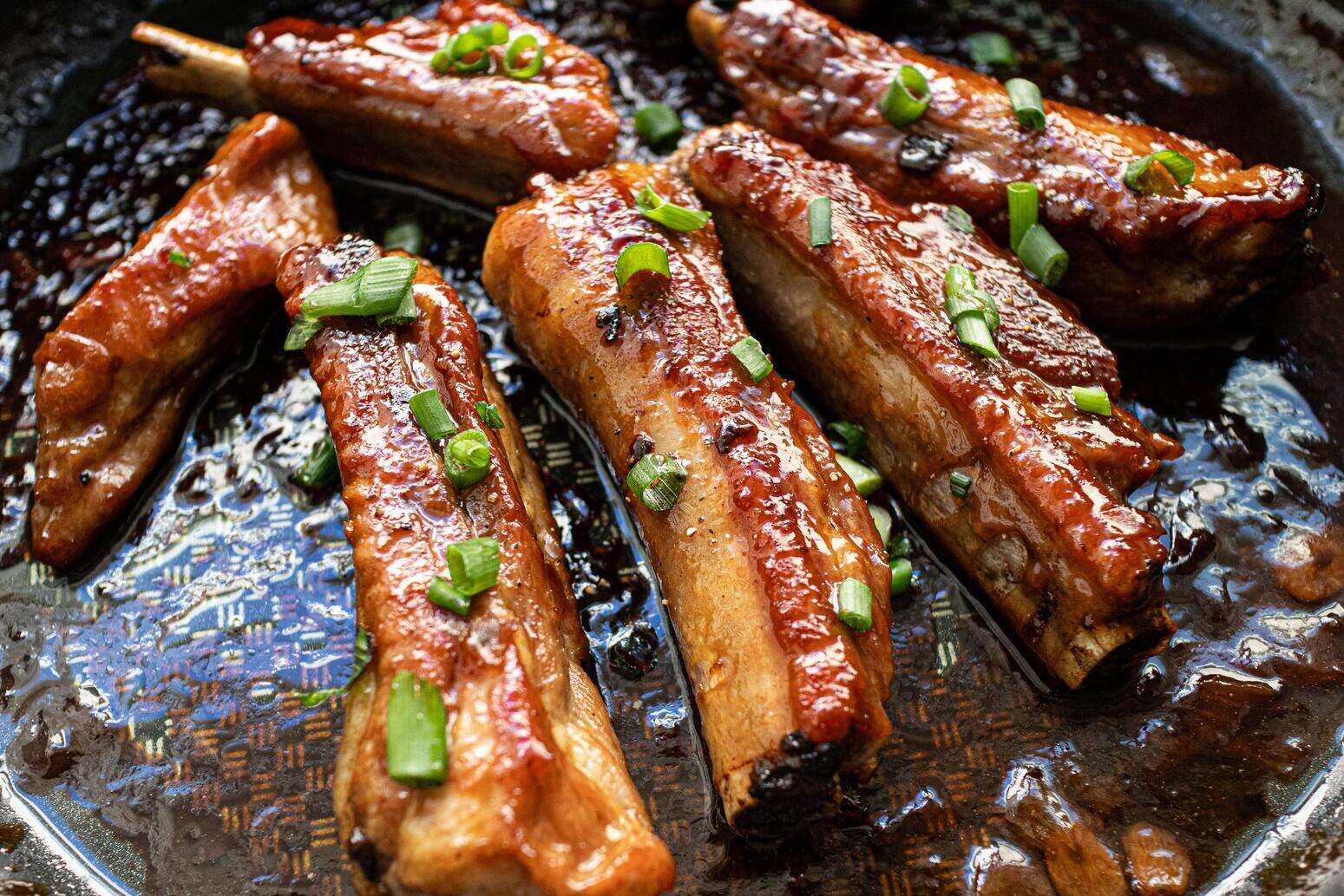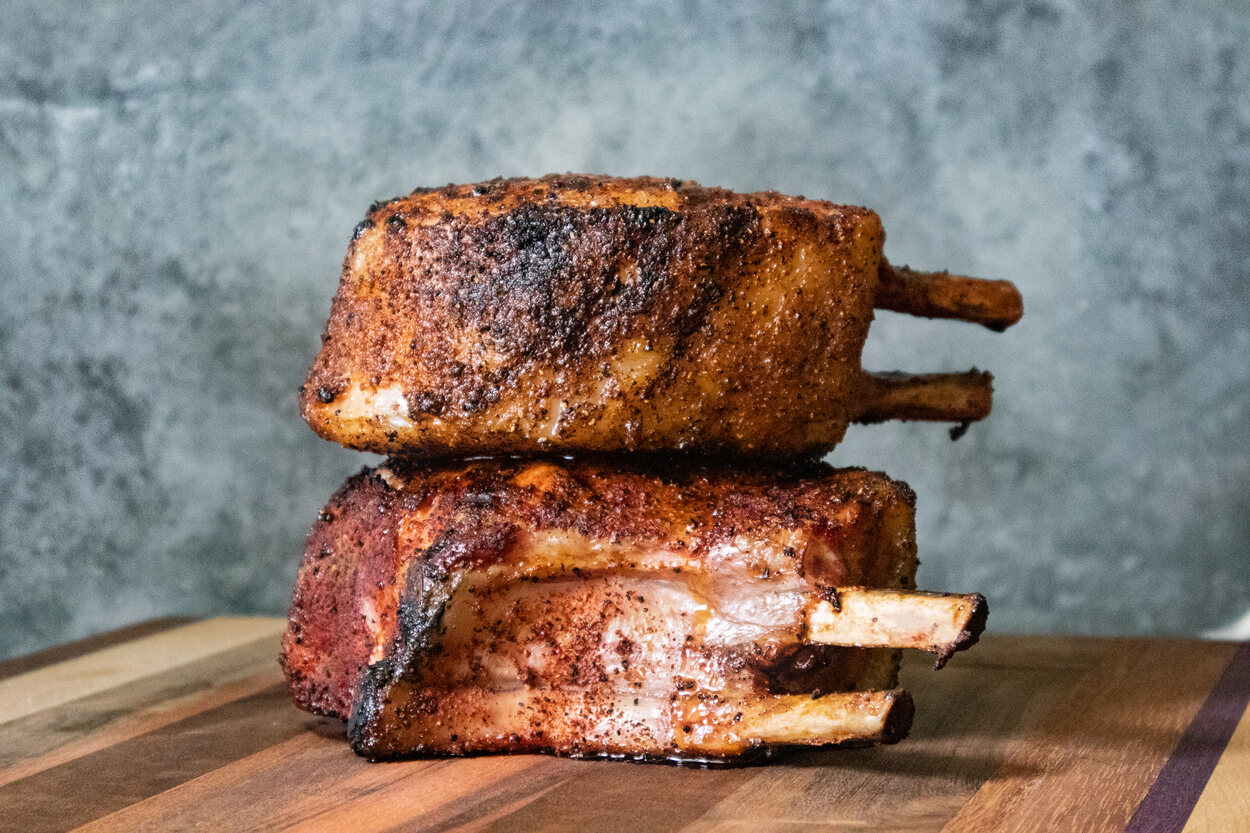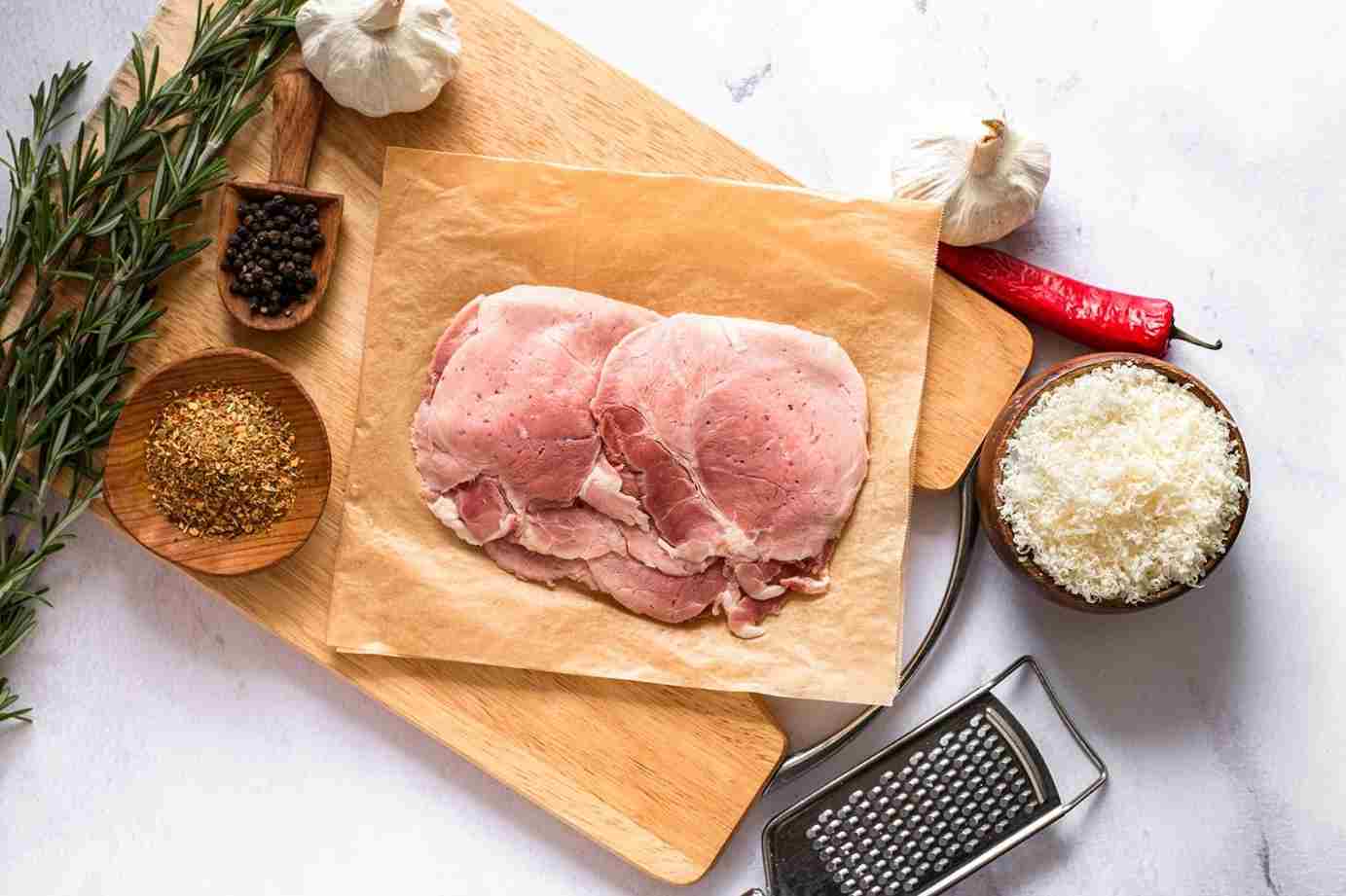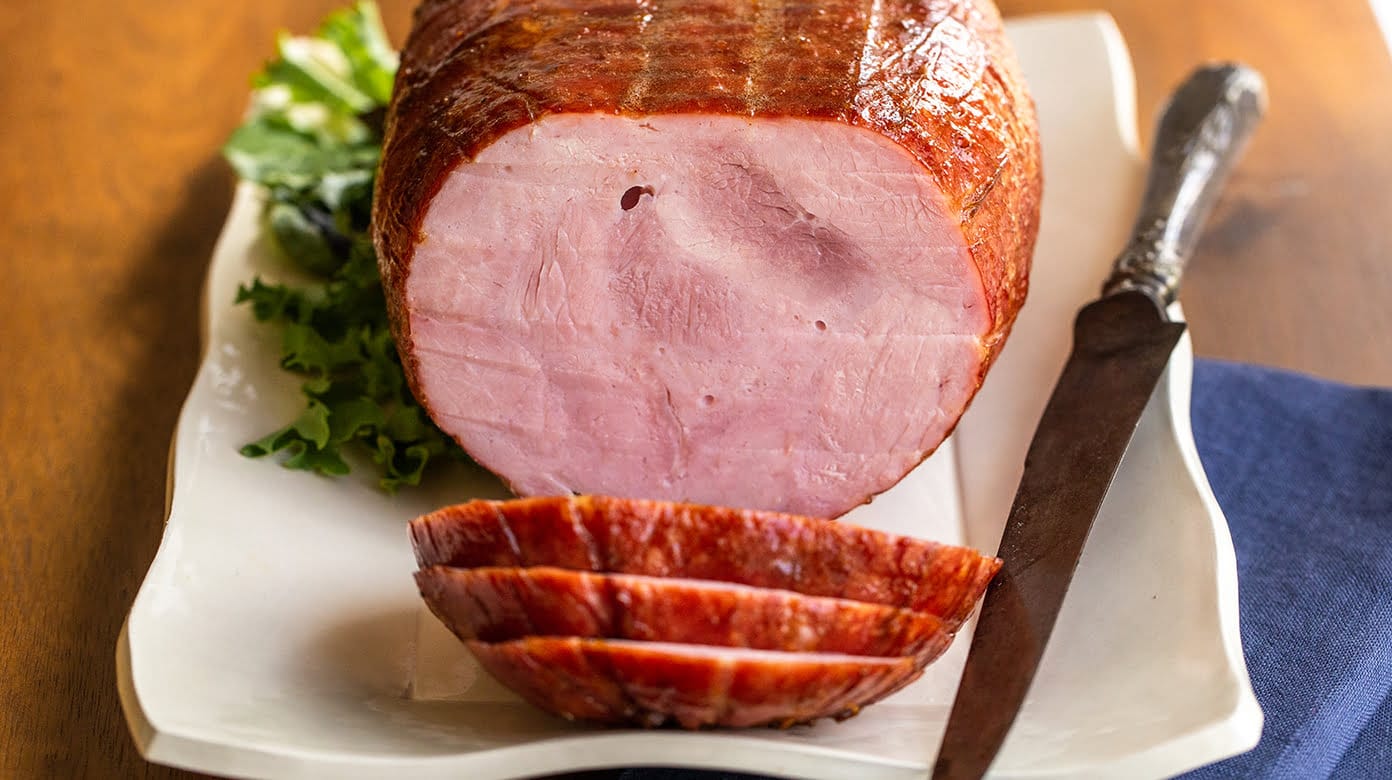Perfecting the Art of Cooking Polish Sausage
Polish sausage, also known as kielbasa, is a popular staple in Polish cuisine and has gained recognition worldwide for its unique flavor and versatility. Whether you’re a seasoned chef or a beginner in the kitchen, learning how to cook Polish sausage can elevate your culinary skills and impress your friends and family. In this article, we’ll guide you through the steps to achieve sausage perfection.
1. Choosing the Right Sausage
When it comes to Polish sausage, quality matters. Look for sausages made from high-quality ingredients, such as pork, beef, or a combination of both. Opt for natural casings, as they enhance the texture and overall taste of the sausage. Remember, the better the sausage, the better the end result.
2. Preparing the Sausage
Prior to cooking, it’s crucial to prepare the sausage properly. Start by pricking the sausages with a fork or making small slits in them. This prevents the sausages from bursting during cooking, allowing the flavors to remain intact. You can also marinate the sausages in your favorite blend of herbs and spices to add an extra kick of flavor.
3. Cooking Methods
Cooking Polish sausage can be done in various ways, depending on your preference and available equipment. Here are three popular methods:
- Grilling: Fire up the grill to medium heat and place the sausages directly on the grates. Cook for about 10-15 minutes, turning occasionally, until they are browned and cooked through.
- Pan-Frying: Heat a skillet over medium-high heat and add a small amount of oil or butter. Place the sausages in the skillet, cooking for approximately 10-12 minutes, flipping them occasionally to ensure even browning.
- Baking: Preheat your oven to 375°F (190°C). Arrange the sausages on a baking sheet and bake for about 25-30 minutes, turning them halfway through for even browning.
4. Serving Suggestions
Now that your Polish sausages are cooked to perfection, it’s time to serve them up in delicious ways. Here are a few suggestions:
- Sausage and Sauerkraut: Serve the sausages alongside a generous portion of tangy sauerkraut for a classic Polish pairing.
- Sausage Sandwich: Place a cooked sausage in a fresh bun, and top it with caramelized onions, mustard, and sauerkraut for a mouthwatering sausage sandwich.
- Sausage Stir-Fry: Slice the sausages into bite-sized pieces and sauté them with colorful bell peppers, onions, and potatoes for a hearty and flavorful stir-fry.
Remember to experiment with different toppings, condiments, and side dishes to suit your taste preferences and create a unique culinary experience every time you cook Polish sausage.
5. In Conclusion
Cooking Polish sausage is an art that can be mastered with a little practice and a lot of enthusiasm. By following these tips and techniques, you’ll be able to create mouthwatering dishes that showcase the flavors of this delectable sausage. So next time you want to impress your guests or simply indulge in some delicious comfort food, reach for Polish sausage and let your culinary skills shine!
More Delicious Ways to Enjoy Polish Sausage
Now that you've grasped the basics of cooking Polish sausage, it's time to put your skills to the test with a variety of delectable recipes that showcase this versatile ingredient. For a comforting and hearty meal, Traditional Polish Sausage and Sauerkraut Recipe is a must-try, perfect for those who appreciate time-honored flavors. If you're in the mood for something with a bit of zest, Spicy Polish Sausage and Pepper Hoagies Recipe offer a delightful crunch and spicy kick that will satisfy your cravings. For a unique twist on traditional stews, Hearty Polish Sausage and Bean Stew Recipe combines rich flavors and textures that are sure to impress at any dinner table. Each recipe provides an excellent opportunity to refine your cooking techniques while exploring the rich culinary traditions associated with Polish sausage.
Was this page helpful?
Read Next: How To Cook Italian Sausage In Sauce
